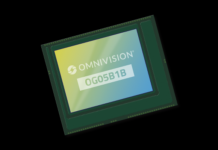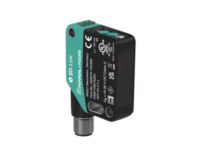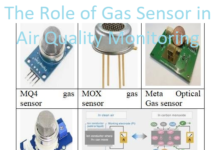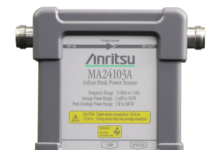Wearable technology is coming up and how! From fitness bands to smart eyewear, every other day there seems to be news of some new product with spectacular features. Coming to healthcare too, researchers from US – Stanford University, in collaboration with the University of California, Berkeley – have developed a wristband-type wearable sweat sensor that could help diagnose cystic fibrosis, diabetes and other diseases.
Who knew that a little amount of sweat could reveal so much about your health! The sensor is said to collect sweat, measures its molecular constituents and then electronically transmits the results for analysis and diagnostics through a smartphone.
About the Device
Unlike previous sweat collectors, the new device does not require patients to sit still for a long time while it collects sweat from them. The wearable device is a two-part system of flexible sensors and microprocessors that sticks to the skin, stimulates the sweat glands and then detects the presence of different molecules and ions based on their electrical signals.
High chloride ion levels, for example, are an indicator of cystic fibrosis while high blood glucose levels can indicate diabetes, according to the study published in the US journal Proceedings of the National Academy of Sciences.
 Conventional methods for diagnosing cystic fibrosis – a genetic disease that causes mucus to build up in the lungs, pancreas and other organs – require that patients visit a specialised centre and sit for 30 minutes while electrodes stimulate sweat glands in their skin to provide sweat for the test. By comparison, the wearable sweat sensor stimulates the skin to produce minute amounts of sweat, quickly evaluates the contents and beams the data by way of a cellphone to a server that can analyze the results, and this test happens all at once and in real time, said Carlos Milla, Associate Professor at Stanford University.
Conventional methods for diagnosing cystic fibrosis – a genetic disease that causes mucus to build up in the lungs, pancreas and other organs – require that patients visit a specialised centre and sit for 30 minutes while electrodes stimulate sweat glands in their skin to provide sweat for the test. By comparison, the wearable sweat sensor stimulates the skin to produce minute amounts of sweat, quickly evaluates the contents and beams the data by way of a cellphone to a server that can analyze the results, and this test happens all at once and in real time, said Carlos Milla, Associate Professor at Stanford University.
About the Study
For this study, the research team also measured glucose levels in sweat, which correspond to blood glucose levels, making the device potentially useful for monitoring pre-diabetes and diabetes. But the technology can also be used to measure other molecular constituents of sweat, such as sodium and potassium ions and lactate, meaning the platform can be used to “measure virtually anything found in sweat.”
“Sweat is hugely amenable to wearable applications and a rich source of information,” said co-author Ronald Davis, Professor at Stanford University.
The team is now working on large-scale clinical studies to look for correlations between sweat-sensor readings and health. In the longer term, it’s hoped that the wearable sensor could be integrated into a smartwatch for broad population monitoring.
Highlights
- The device is a two-part system of flexible sensors and microprocessors
- It could help diagnose cystic fibrosis, diabetes and other diseases
- The new device does not require patients to sit still for a long time
Source: http://food.ndtv.com


















